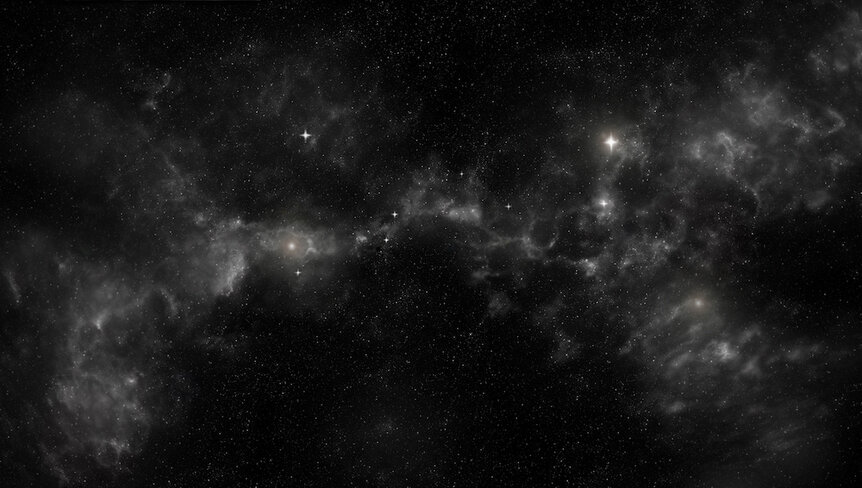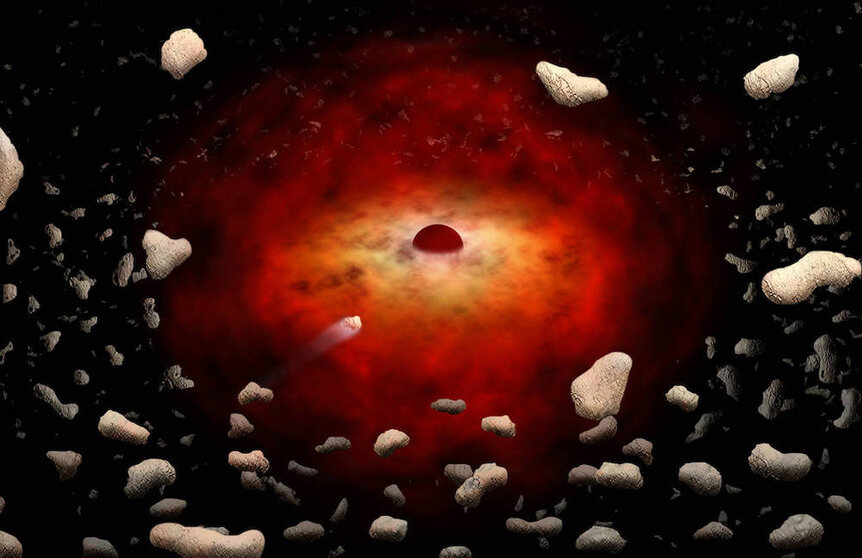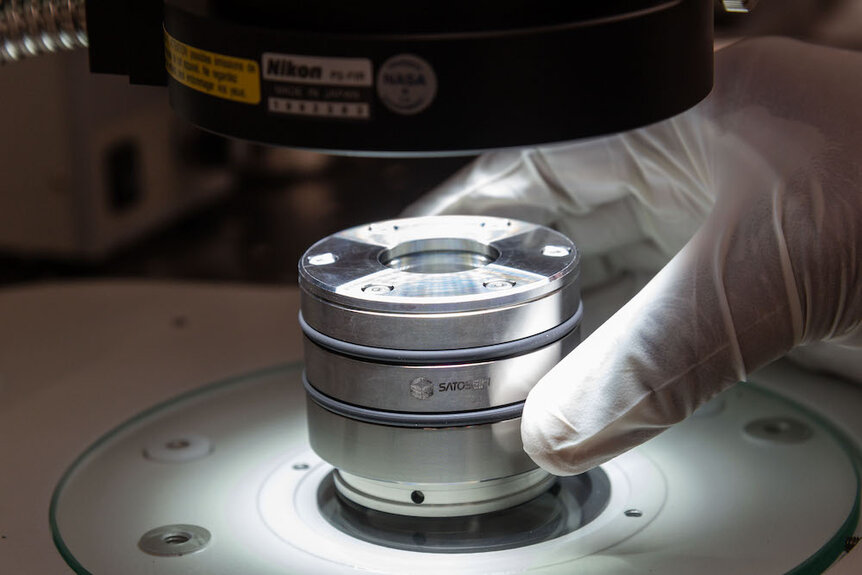Create a free profile to get unlimited access to exclusive videos, sweepstakes, and more!
The 10 most mind-blowing space breakthroughs of 2021
What happens out there is a big deal down here. 2021 was the year of Mars, but there were other things...

Asteroid dust, black holes almost biting off more than they can chew, Mars, Mars and…Mars. These are only some of the most out-there space finds of 2021. There were also, among other curiosities and objects of fascination, a perilous brush with the Sun and an asteroid-crushing mission straight out of a video game. Of course, this was the year of Perseverance and Ingenuity (there is a reason Krispy Kreme released a donut in the image of Mars when the launch happened). No one has ever sent anything to search for life on the Red Planet before, and Perseverance may be the rover that answers David Bowie’s eternal question.
So get on board our spaceship and make sure to buckle up. You’ll be taking a light-speed journey through the objects, missions and phenomena that shook the universe the most this past year. Literally and otherwise, these finds are nothing short of astronomical.
This is far out…as in, far, far out
It was thought that the furthest known object in the solar system was the appropriately named Farout. It’s nothing compared to its successor Farfarout. This thing follows a thousand-year orbit around Neptune that can take it as far as 175 times between Earth and the Sun. Empires have risen and crumbled in the time it takes to orbit. If that sounds unbelievable, it almost wasn’t believed — it was so faint that astronomers had to look twice to be sure it existed.
Persevering to find signs of life on Mars
Mars may be crawling with rovers, but none have been designed to scour the planet’s sunburnt surface for life until now. NASA’s Perseverance rover touched down on the Red Planet, with Mars-copter Ingenuity hitching a ride, on Feb. 18. It officially started searching Jezero Crater for signs of alien life-forms on June 9 and continues to crawl across the reddish expanse. Ingenuity took to the Martian skies early on April 19 and has since aced 18 flights.
Even a black hole has never eaten anything like this before
Black holes, the gaping maws of the universe, aren’t always satisfied by devouring tons upon tons of stardust and even actual stars. One had to go for the ultimate kill and take a bite out of a neutron star. This ended up in an explosion so huge it shouldn’t have been missed, but so dark it almost was. It was powerful enough to make the fabric of spacetime tremble. The gravitational waves that rippled through spacetime gave away one monster shredding another.
Perseverance digs up mysteries of the Martian past
So maybe it hasn’t found fossilized alien microbes (yet), but Perseverance did manage to successfully core its first intact sample from Jezero Crater back in September. This was especially exciting after its first attempt ended up being an unexpected fail. These samples eventually revealed signs of ancient water proving that Jezero was once a literal lake where life may have thrived. Whether there was anything alive in there is the next thing it’s trying to find out.
In the sky with diamonds (or asteroids)
NASA’s Lucy spacecraft was actually named for the skeleton of our prehistoric ancestor (not the Beatles song) for a reason. It is destined to fly to the Trojan asteroids, space fossils that could be hiding evidence of not only our solar system’s origins but maybe even the birth of the universe. SYFY WIRE was there to see it take off — a spectacle in itself — and find out more about the next-gen tech that is now powering it to the proverbial boneyard of the solar system.
Could this be the first exo-exoplanet ever found?
Sure, they must exist, but planets outside our galaxy have never actually been observed. That might have changed. Somewhere in the galaxy Messier 51, 28 million light years away, NASA’s Chandra X-ray Observatory spotted something blocking out starlight. That something is almost definitely a planet. The bummer is that this object’s orbit is thought to be so huge, we’d have to wait another 70 years to catch sight of it again. At least we’re even more sure they’re out there.
An asteroid smash is happening, and this is not a video game
Because we don’t want to go the way of the dinosaurs, NASA launched a mission that will test just how effective we are at planetary defense. DART is headed to the asteroid Didymus and its moon Dimorphos. While neither of these is a hazard to Earth, successfully knocking Dimorphos out of orbit open ups the opportunity to investigate whether we can rely on spacecraft like this to divert threatening asteroids, so we don’t end up as the stars of another Deep Impact.
Magic dust? This stuff is way cooler
No one usually gets this excited about a handful of dust, but when that dust comes from an ancient asteroid that could be like a a cosmic time capsule, you’re going to want to find out what’s in there. JAXA recently sent NASA a sample of the mysterious rock from its Hayabusa-2 mission. So many questions remain, but preliminary studies have revealed that it is made of, in the words of scientists, some of the “most primordial” material ever. You don’t mess with that.
Touching the sun without your wings melting off
Unlike the doomed Icarus, NASA’s Parker solar probe ditched the mythical wax wings for solar panels, which have their own built-in cooling system. It was destined to fly closer to the fires of our star than any other spacecraft. In April, Parker breached the Alfvén critical surface, the point past which material is gravitationally and magnetically bound to the Sun, which is often considered “touching the sun.” So it didn’t literally touch the Sun — but in a way, it kind of did.
And finally…the telescope of the future sees the past
Though NASA’s James Webb Telescope was plagued by delay after delay, blastoff really did happen on December 25 as (finally) scheduled. Webb can see in infrared, which eludes human eyes, and with this superpower, it could find out things about the dawn of the universe we might have not even imagined in sci-fi movies. It’s also tricked out with 18 gold-plated hex mirrors that will reflect light from objects in space. Talk about the best holiday present ever.




































